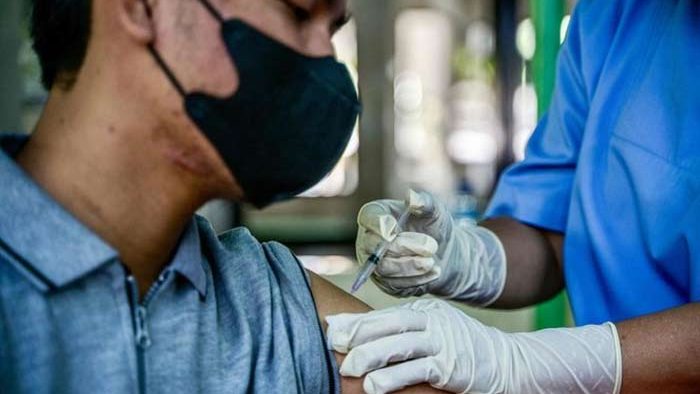Can FLiRT mutations cause the next major pandemic, COVID-19?

According to the World Health Organization (WHO), the “FLiRT” strains of the fatal SARS-CoV-2 virus, which produce COVID-19 infections, have been the most common strains of the virus this year worldwide.
According to Gulf News, “FLiRT” refers to the locations of the mutations on the virus’ spike protein that all variations share.
According to the US Centers for Disease Control and Prevention, KP.2, one of the FLiRT variants, has emerged as the most widely circulated variety in the US over the past month.
According to Johns Hopkins University, three significant mutations on their spike protein, which may help them avoid antibodies, are present in the FLiRT variations, including KP.2’s “parental” lineage JN.1.
Do FLiRT variations spread more easily?
Based on data he tracks and his own patient experience, Dr. Aaron Glatt, a spokesperson for the Infectious Diseases Society of America, stated he has not observed any indications of an increase in disease or hospitalisations.
“There have been some significant changes in the variants, but I think in recent times it’s not been as important, probably because of the immunity many, many people already have” due to vaccinations and previous illnesses.
Hospitalizations linked to COVID-19 have been declining recently, according to CDC data.
Furthermore, within the past month, a nearly constant number of patients in emergency rooms have tested positive for COVID-19.

I am a dedicated student currently in my seventh semester, pursuing a degree in International Relations. Alongside my academic pursuits, I am actively engaged in the professional field as a content writer at the Rangeinn website.








